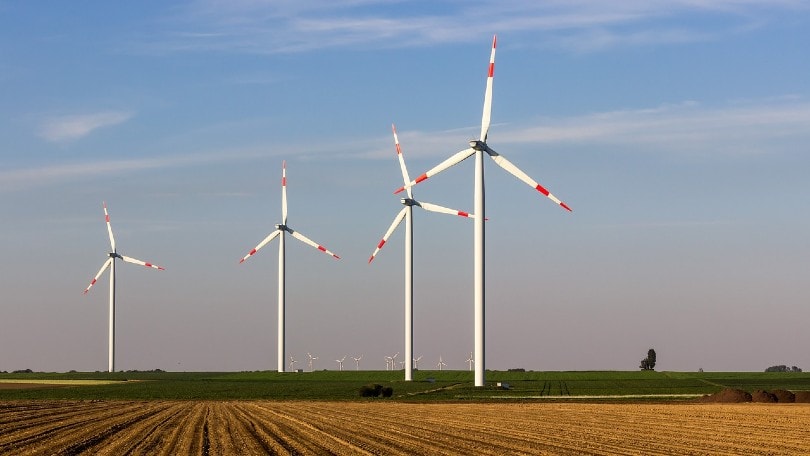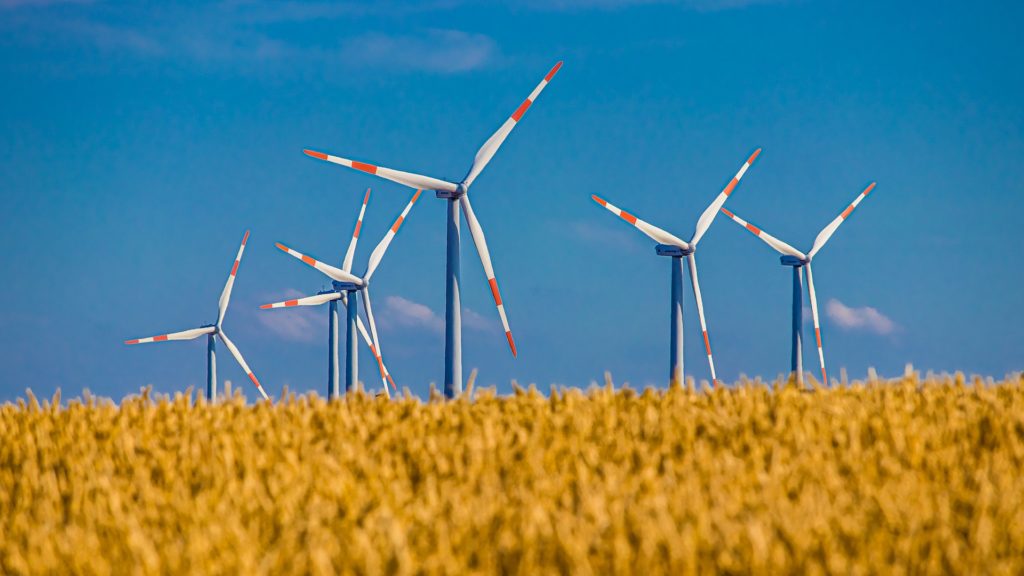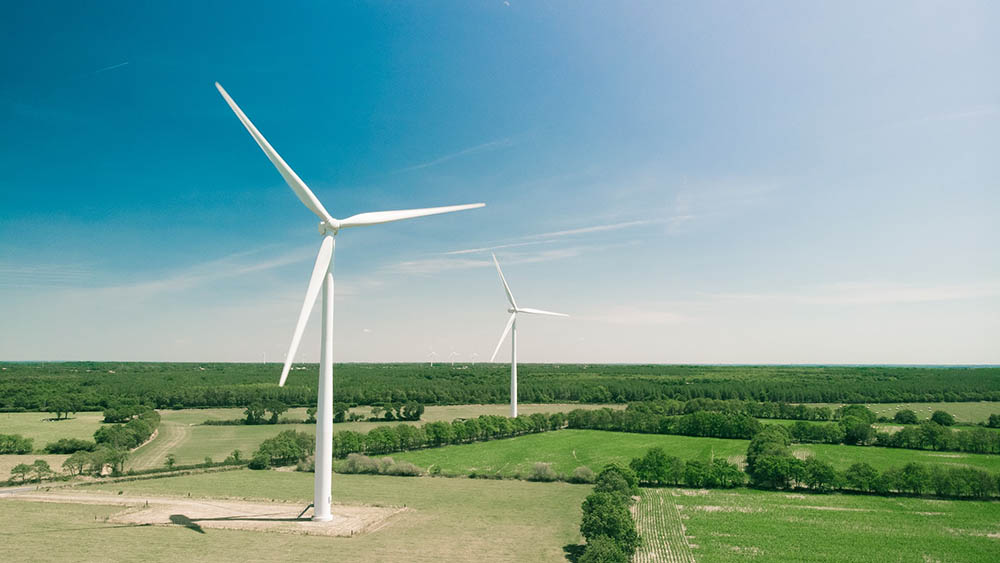Are Wind Turbine Blades Recyclable? Facts & FAQ
-

- Last updated:

Today, most things are recyclable, including wind turbine blades. It would be somewhat counterproductive to invent something that’s meant to provide clean and renewable energy, only for it to pollute our environment once it is served its purpose. Like most things, wind turbine blades do undergo some wear and tear eventually, and once they’ve served their purpose they can thankfully be recycled.
If you’d like to learn more about it, keep on reading below.
Which Parts of Wind Turbine Blades Are Recycled?
First off, you need to remember that the blades are essentially a system composed of different parts. Recycling the system as a unit might be difficult, but once you break it down into several components, the items can easily be repurposed or recycled.

Metallic Components
As per a report released by the National Renewable Energy Laboratory, these turbines come in different makes and models. So, the amount and type of materials being applied in their construction usually vary. Nevertheless, the blades are predominantly made of aluminum, copper, cast iron, and steel.
All those metal components are valuable parts that can easily be recycled. And you won’t have a hard time finding a facility that’s ready to get them off your hands, seeing as metal recycling centers are almost everywhere nowadays.
Those facilities are well-equipped to help you deal with the problem because they’ve invested a good fortune in heavy machinery, designed to melt down most metallic materials, without tampering with their original properties. Nobody will turn you away for trying to sell them a metal that’s been recycled as these metals are in high demand in almost every industry.
Wooden Components
The wooden parts of the turbine blade are typically made of Balsa wood. Even though it’s considered a hardwood, this species is relatively softer and lightweight. Low-density Balsa normally has a high price tag purely because the supply cannot match the demand.
It’s mostly preferred by experts working on new aircraft models, bridges, and several other projects that require wooden materials that offer high strength and exceptional bending capabilities.

Fiber-Reinforced Plastic Components
The old-generation turbines don’t have fiberglass in their systems, but the new ones do. Technological advancements made it possible to fuse this element with other components to prolong the lifespan of the blades.
These new models are more efficient, and their blades aren’t affected by delamination on the leading edge. Delamination is typically caused by the abrasion of dust in the surrounding air. The speed at which the blades of the turbine are designed to spin is pretty high, as they can easily clock speeds of 180 miles per hour.
Epoxy Resin
Of all the resin products available on the market, the most popular choice is the epoxy iteration. It’s highly favored for home renovation constructions, and projects of a similar nature. On account of its durability and ease of application, this resin is again preferred in the production of turbine blades.
It is eco-friendly, but only after it’s been catalyzed. You see, we have two types of resins. There’s the organic resin (the one provided by nature) and the one that’s chemically synthesized. Epoxy falls in the latter category, and it’s often manufactured using petroleum as one of the main ingredients.
Pouring epoxy resin down a drain is not the proper way of disposing of it, as it will eventually find its way back to our water sources. That water will then be used to irrigate our commercial and subsistence crops, consequently reducing the soil’s productivity.

How Do Turbine Blades Get to a Recycling Facility?
Once it’s been determined that the turbine has already served its purpose, a crew will be called to bring down the tower and cut the blades into small sections. The cutting is meant to make transportation easy for everyone involved.
They’ll use specialized wet-cutting tools for that process, and a few pieces of equipment designed to minimize the number of fiberglass particles being released into the air.
Even though there’s little to no information on the long-term health effects caused by fiberglass, you’re still advised to be careful while handling this material. It can aggravate bronchitis and asthma. Other short-term effects include upper respiratory tract and skin irritation.
At the recycling facility, the pieces will again be dismantled and separated into metallic and non-metallic parts. The latter will be transported to a facility that specializes in shredding them further and be supplied to manufacturers who need the material to produce a different product—for example, plywood.

Conclusion
Wind turbine blades are certainly recyclable. While it does take a fair amount of work to dismantle the blades and separate components, it’s worth the effort. The truth is, we are all tired of seeing landfills exponentially growing due to urbanization, while at the same time affecting our environment by releasing large amounts of methane gas.
Related Read:
Featured Image Credit: meineresterampe, Pixabay
Contents
